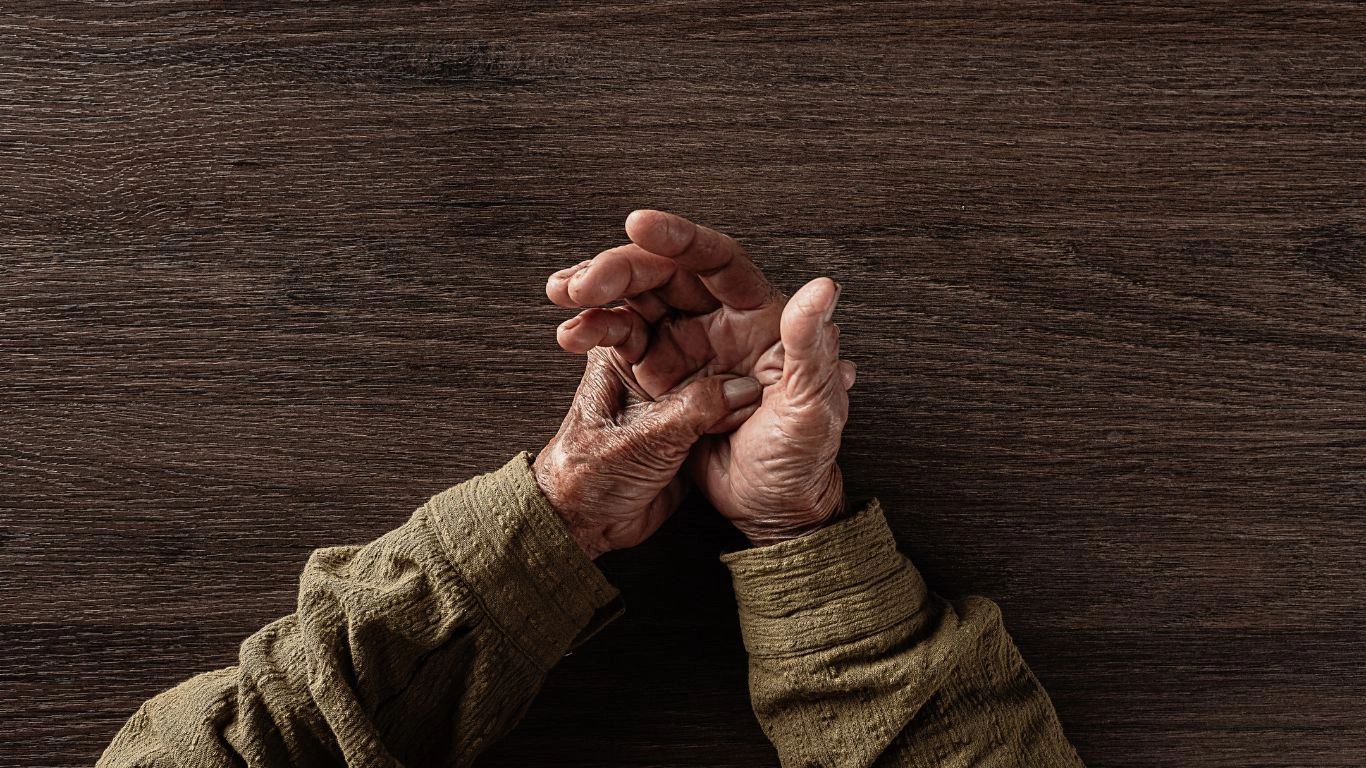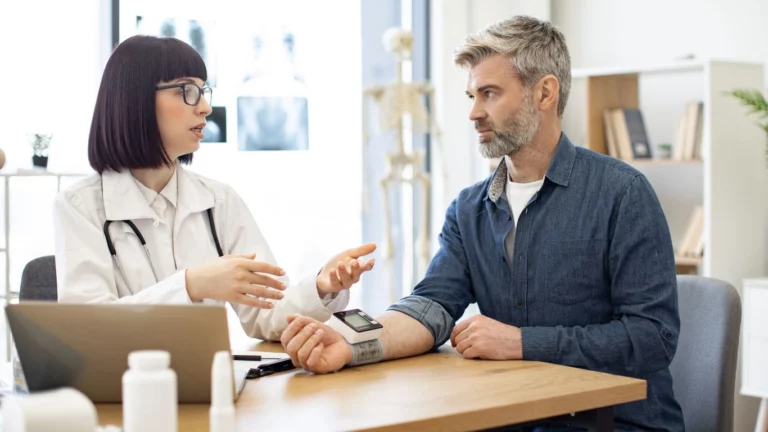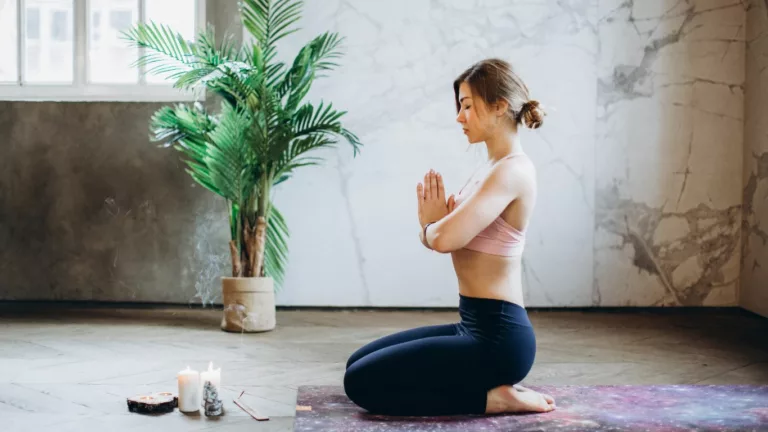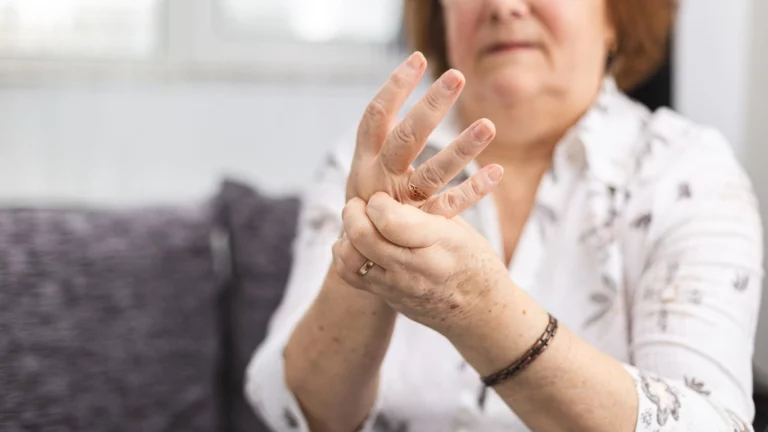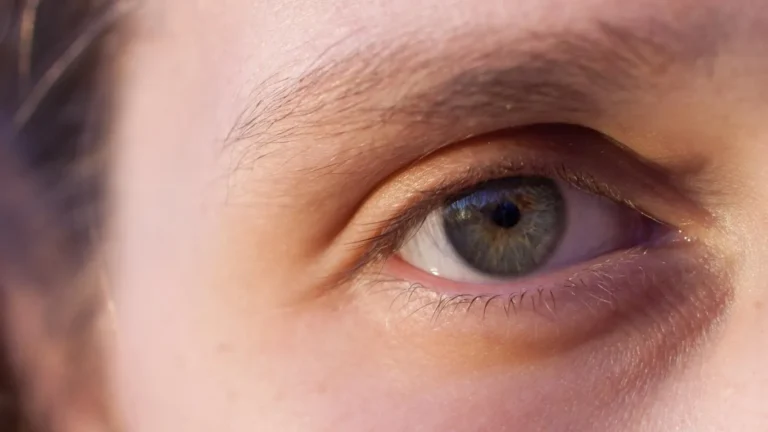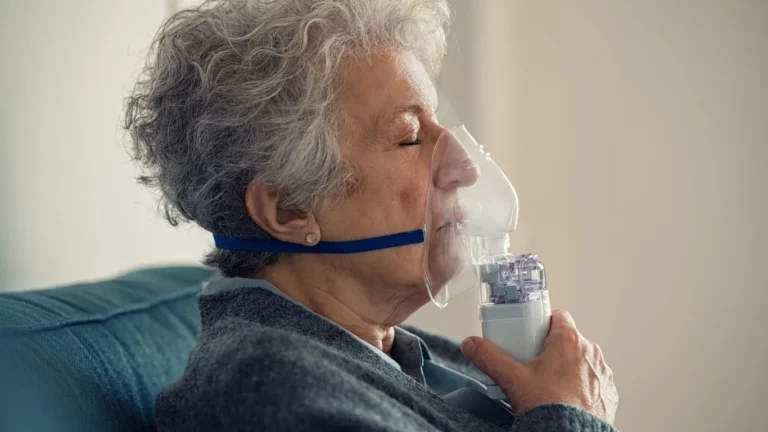Understanding Rheumatoid Arthritis and Skin Rashes: Causes, Treatment & More 🤔
If you’re dealing with rheumatoid arthritis (RA), you probably know it’s not just about the joint pain. One thing that often flies under the radar is skin rashes. I mean, it’s easy to focus on the sore knees and swollen fingers, but if you’ve also been noticing random rashes or irritation popping up on your skin, you’re not alone. In fact, it’s a thing that many RA patients struggle with. Let’s dive into why RA might be causing your skin issues and what you can do about it.
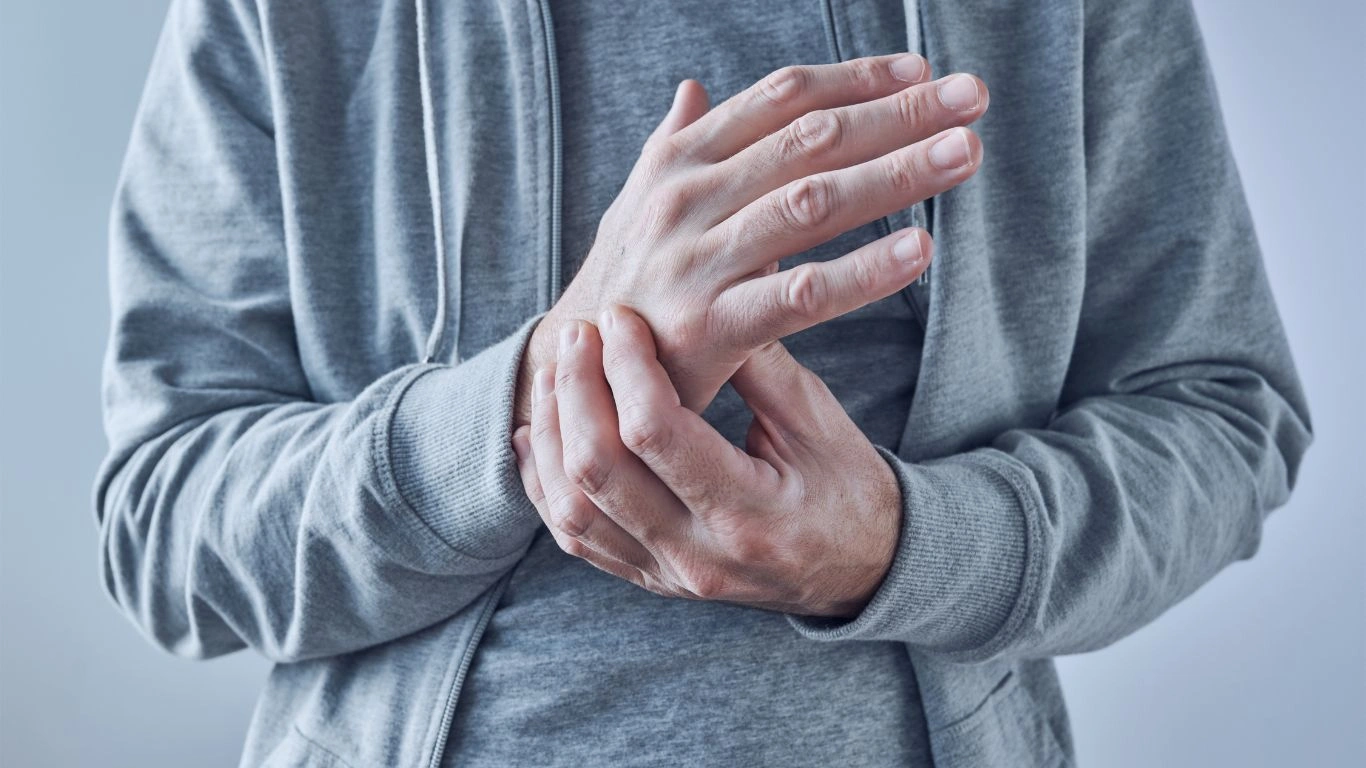
What’s RA All About Anyway? 🤕
So, RA is basically your immune system throwing a fit and attacking your own body, especially your joints. This leads to pain, swelling, and stiffness. But here’s the kicker—your immune system can target other areas too, including your skin. That’s when things like rashes, bumps, or even sores can appear.

Why Do RA and Skin Rashes Go Hand in Hand?
So, why do people with RA often deal with skin rashes? There are a few reasons for that:
- The Autoimmune Factor: RA is an autoimmune disease, so your body is already in overdrive with inflammation. That can affect your skin too, leading to all sorts of rashes or bumps.
- Medications: Some of the meds used to treat RA can mess with your skin. Biologics or even DMARDs (disease-modifying anti-rheumatic drugs) can cause side effects, including rashes.
- Rheumatoid Nodules: These are pretty common in RA. They’re like little lumps that form under the skin, usually on your elbows or hands. They don’t hurt, but they can cause visible skin changes, like bumps or irritation.
- Other Conditions: People with RA are more likely to develop other autoimmune diseases (think lupus or psoriasis), which can also come with their own rashes.
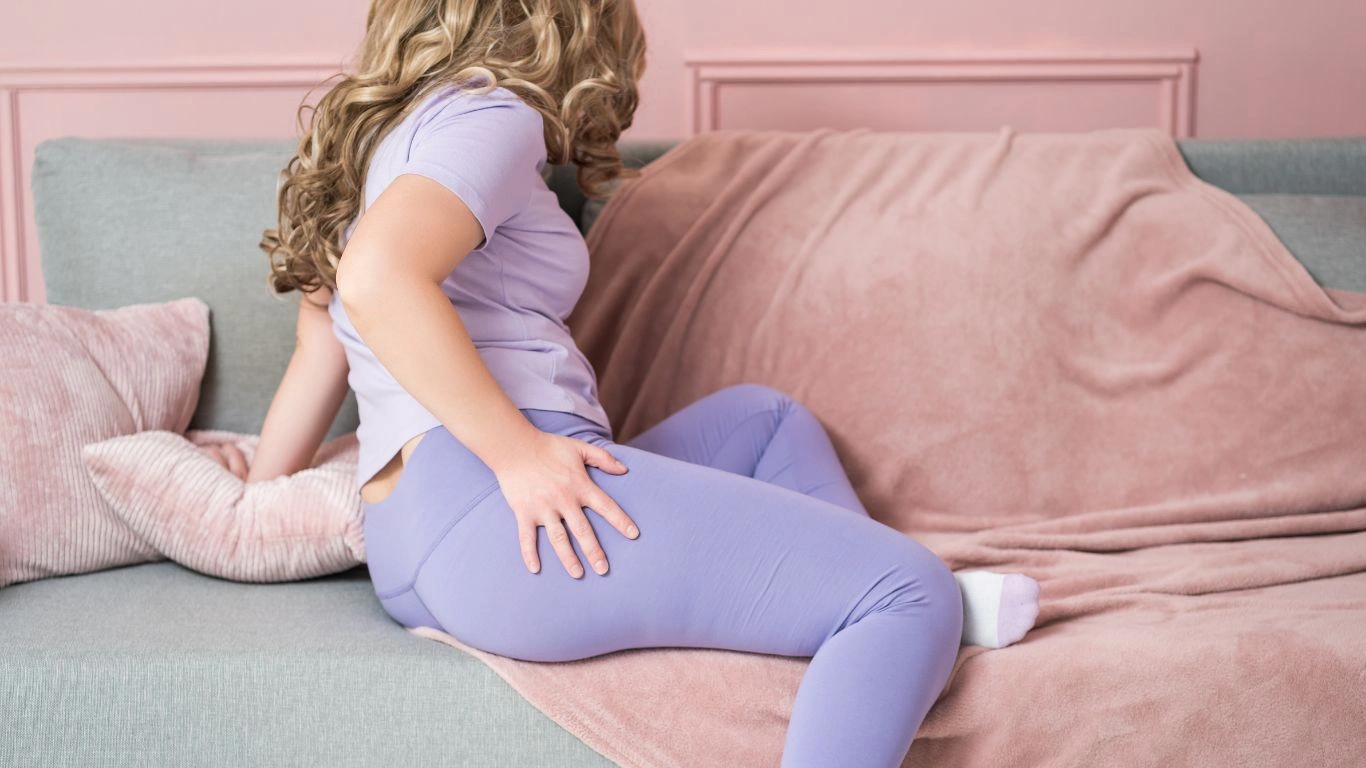
Types of Skin Rashes That Can Happen with RA
Let’s take a look at a few rashes that might pop up when you have RA:
- Rheumatoid Nodules: These are hard, painless lumps that typically form near your elbows, fingers, or knees. They’re not exactly a rash, but they can cause visible changes to the skin.
- Vasculitis: This is when the blood vessels become inflamed, and it can cause red or purple patches or spots on your skin—usually on the lower legs.
- Psoriasis-like Rash: You might notice some red, scaly patches on your skin, especially around your elbows or knees. It can look a lot like psoriasis.
- Eczema-type Rash: RA can cause rashes that look like eczema, which is all about itchy, dry, inflamed skin.
How to Deal with RA and Skin Rashes (Without Losing Your Mind) 💡
Okay, so now that you know why these rashes might be popping up, let’s talk about how to deal with them:
- 1. Talk to Your Doctor (Seriously): I can’t stress this enough—if you’re dealing with rashes and RA at the same time, get your doctor involved. They’ll help figure out whether the rash is due to RA itself or if it’s a side effect of medication. And hey, if your meds are causing the rashes, they’ll probably switch you to something else.
- 2. Moisturize Like Your Life Depends on It 🧴: Dry, flaky skin? No thanks. When you’re dealing with rashes, moisturizing is key. Go for a gentle, fragrance-free lotion that’s designed for sensitive skin. Trust me, your skin will thank you.
- 3. Watch Out for Triggers 👀: Certain things like stress, extreme temperatures, or even sun exposure can make your skin worse. I’ve noticed that stress, in particular, makes my skin flare up like crazy. So, try to avoid things that make you feel stressed or uncomfortable.
- 4. Meds, Meds, Meds 💊: If you’re on RA medications and noticing rashes, talk to your doctor. There are alternatives, and maybe one of them will work better for both your joints and your skin. Some meds might need to be adjusted or swapped out completely.
Troubleshooting Common Issues 🛠️
Sometimes, even after trying everything, the rashes don’t go away. So, here’s how you can troubleshoot a few common issues:
- Issue 1: The Rash Won’t Budge:
- What’s Happening: It could be a side effect of your meds or a different autoimmune condition like lupus or psoriasis.
- What You Should Do: Definitely see your doctor. They may change your medication or refer you to a dermatologist for a second opinion.
- Issue 2: Topical Treatments Aren’t Helping:
- What’s Happening: If you’re using creams but nothing’s working, it could be that your rash needs something stronger.
- What You Should Do: Ask your doc about prescription ointments, like corticosteroids or something else stronger that can help manage the rash.
- Issue 3: Medications Aren’t Working:
- What’s Happening: Your meds might not be cutting it, and it’s making the rash worse.
- What You Should Do: This is a sign you might need a different approach. Work with your doctor to explore other treatment options or medications.
Real-Life Case Studies: What’s Worked for Others 💬
Sarah’s Story: From Constant Rashes to Control
Sarah, 42, had RA for years, but her skin rashes were becoming unbearable. She tried every lotion and cream under the sun with no luck. After talking to her doctor, they switched her to a different biologic, and she also started using a prescription-strength moisturizer. Now, her rashes are under control, and she feels way more comfortable in her own skin.
John’s Journey with Eczema-like Skin
John, 55, had no idea his skin issues were tied to his RA. His eczema-like rashes would flare up every time his joints acted up. Once he got the right diagnosis and treatment, his rashes calmed down too. Now, he manages his RA with a combination of meds and stress-relief techniques like meditation.
Key Takeaways / Summary 📚
- RA can mess with your skin, not just your joints.
- Rashes might be due to the autoimmune nature of RA, medications, or even other conditions you could have alongside RA.
- Moisturize, avoid triggers, and work with your doctor to figure out the right meds and skincare routine.
- It’s not uncommon to struggle with skin issues while managing RA, but you’re not alone in this!
FAQs
Q1: Are skin rashes normal with RA?
A1: It’s pretty common, actually. Not everyone gets rashes, but many people with RA do deal with them. Just don’t ignore it!
Q2: Can I treat these rashes on my own?
A2: Some rashes can be managed with over-the-counter creams, but if they’re not improving, definitely talk to your doctor for something more effective.
Q3: Is my RA getting worse if I have skin rashes?
A3: Not necessarily. Skin rashes can happen due to a variety of reasons, so it’s important to figure out the cause with your doctor.
Final Thoughts 🤗
If you’re feeling frustrated by the combo of RA and skin rashes, know that you’re not alone, and there are ways to manage it. Chat with your doctor, stay on top of your skincare, and don’t be afraid to ask for help when needed. And hey, drop a comment or reach out if you want to share your experience or ask any questions. We’re all in this together!
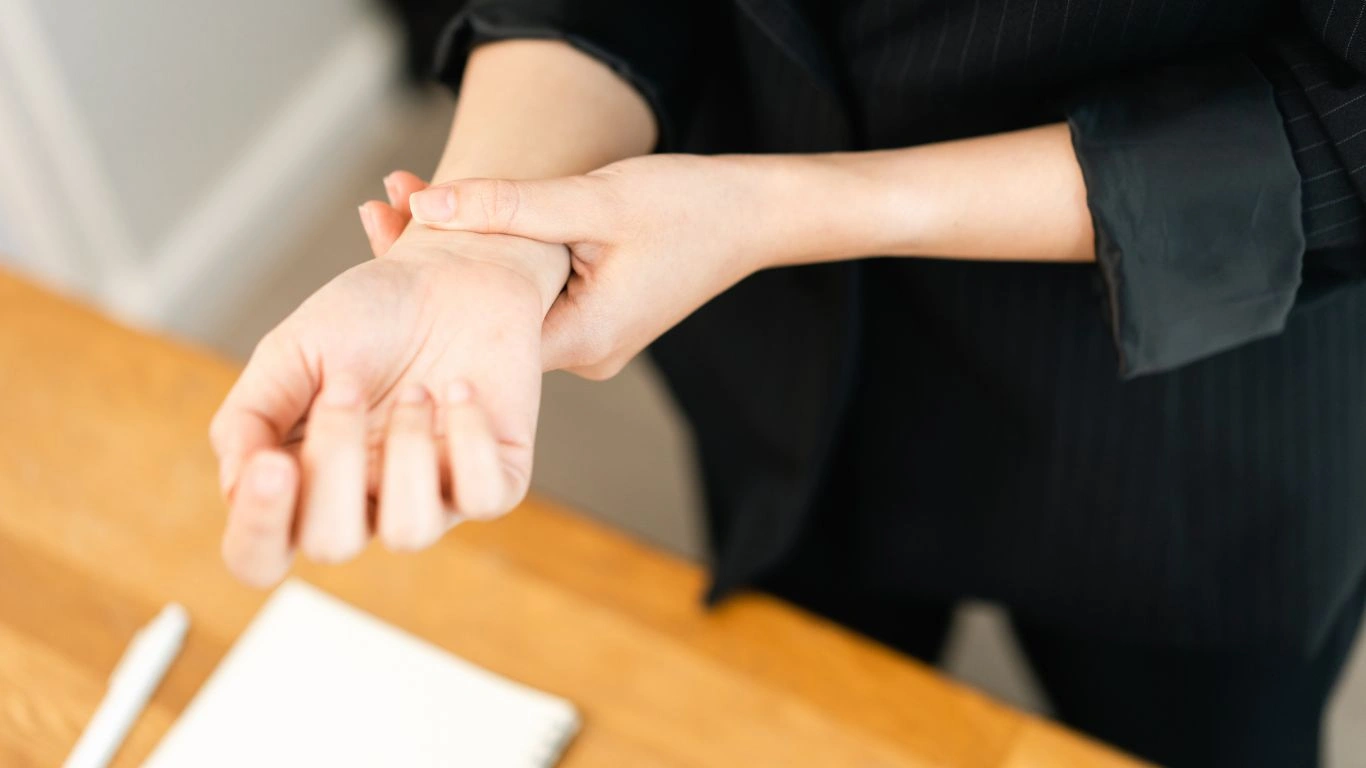

Tarra Nugroho is a dedicated Nurse Practitioner with a strong foundation in family and preventive care. She brings both compassion and clinical expertise to her practice, focusing on patient-centered care and health education. As a contributor to Healthusias.com, Tarra translates medical knowledge into clear, empowering articles on topics like women’s health, chronic disease management, and lifestyle medicine. Her mission is simple: help people feel seen, heard, and informed—both in the clinic and through the content she creates. When she’s not caring for patients, Tarra enjoys weekend hikes, plant-based cooking, and curling up with a good health podcast.
